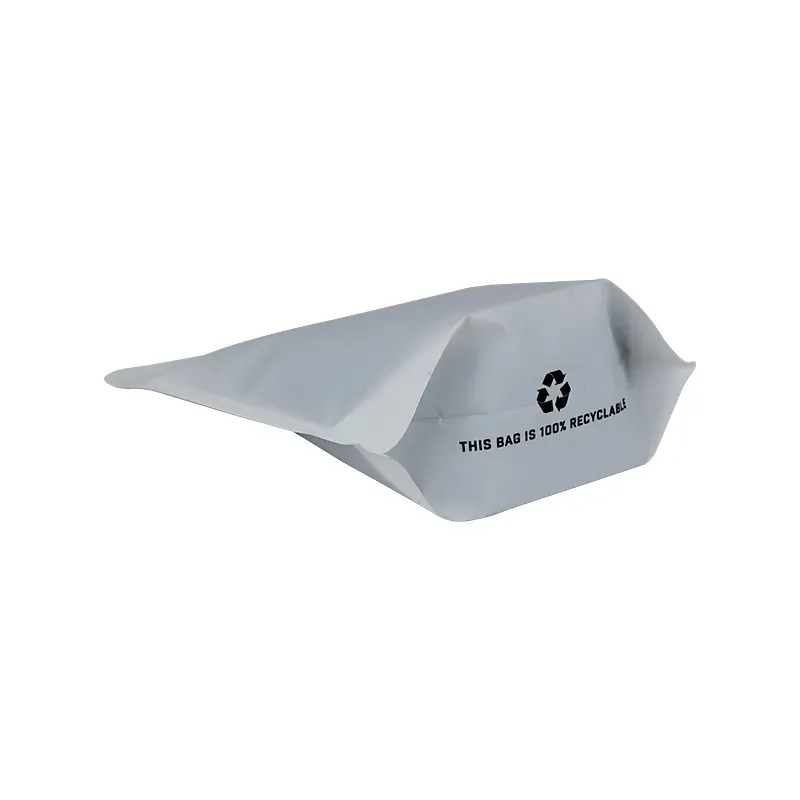- Afrikaans
- Albanian
- Amharic
- Arabic
- Armenian
- Azerbaijani
- Basque
- Belarusian
- Bengali
- Bosnian
- Bulgarian
- Catalan
- Cebuano
- chinese_simplified
- chinese_traditional
- Corsican
- Croatian
- Czech
- Danish
- Dutch
- English
- Esperanto
- Estonian
- Finnish
- French
- Frisian
- Galician
- Georgian
- German
- Greek
- Gujarati
- haitian_creole
- hausa
- hawaiian
- Hebrew
- Hindi
- Miao
- Hungarian
- Icelandic
- igbo
- Indonesian
- irish
- Italian
- Japanese
- Javanese
- Kannada
- kazakh
- Khmer
- Rwandese
- Korean
- Kurdish
- Kyrgyz
- Lao
- Latin
- Latvian
- Lithuanian
- Luxembourgish
- Macedonian
- Malgashi
- Malay
- Malayalam
- Maltese
- Maori
- Marathi
- Mongolian
- Myanmar
- Nepali
- Norwegian
- Norwegian
- Occitan
- Pashto
- Persian
- Polish
- Portuguese
- Punjabi
- Romanian
- Russian
- Samoan
- scottish-gaelic
- Serbian
- Sesotho
- Shona
- Sindhi
- Sinhala
- Slovak
- Slovenian
- Somali
- Spanish
- Sundanese
- Swahili
- Swedish
- Tagalog
- Tajik
- Tamil
- Tatar
- Telugu
- Thai
- Turkish
- Turkmen
- Ukrainian
- Urdu
- Uighur
- Uzbek
- Vietnamese
- Welsh
- Bantu
- Yiddish
- Yoruba
- Zulu
improperly cured weed
Improperly Cured Weed Understanding the Importance of Proper Curing Techniques
In the world of cannabis cultivation, the curing process is often overshadowed by the excitement of the grow cycle and the anticipation of harvest. However, the curing stage is crucial for transforming freshly harvested weed into a product that is not only enjoyable but also safe and effective to consume. Improperly cured weed can lead to a host of issues, including diminished potency, undesirable flavors, and potential health risks. Understanding the significance of proper curing techniques is essential for any grower looking to produce high-quality cannabis.
Curing refers to the process of drying and aging cannabis buds after they have been harvested. This process allows for the breakdown of chlorophyll and other undesired compounds, resulting in a smoother, more flavorful smoke. Furthermore, proper curing enhances the potency of the cannabis by allowing the development of cannabinoids and terpenes, which are the compounds responsible for the plant’s effects and aroma. When buds are not cured correctly, they may retain moisture, resulting in a harsh, unpleasant smoking experience and a loss of the desired effects.
One of the most pressing issues with improperly cured weed is the risk of mold and mildew growth
. Cannabis buds contain a significant amount of moisture, which can create a breeding ground for mold if they are not dried properly. Ingesting moldy cannabis can lead to respiratory issues and other health problems, making it essential for growers to follow appropriate curing techniques. A clean and controlled environment, free from excessive humidity, is vital during the curing process to prevent such issues from arising.improperly cured weed

Another consequence of improper curing is the degradation of cannabinoids and terpenes. Cannabinoids, such as THC and CBD, are sensitive compounds that can break down when exposed to light, heat, and excessive moisture. Similarly, terpenes, responsible for the unique flavors and aromas of cannabis, can evaporate if the buds are not stored correctly. Poor curing practices can result in a significant loss of both potency and flavor, leaving consumers with a subpar product that fails to provide the expected experience.
The curing process is often broken down into two main stages drying and curing. The initial drying phase involves hanging or placing the buds in a well-ventilated area with controlled temperature and humidity levels. Ideally, the environment should be dark and cool, with temperatures ranging between 60 to 70 degrees Fahrenheit and humidity levels around 45 to 55 percent. This stage typically lasts about five to fourteen days, depending on the size of the buds and environmental conditions.
Once the buds are adequately dried, they should be transferred to airtight containers, such as glass jars, to undergo the curing phase. During this stage, it is crucial to “burp” the jars daily by briefly opening them to allow fresh air in and release any built-up moisture. This process helps to further enhance the flavor and aroma of the cannabis while preventing mold growth. Curing can take anywhere from two weeks to several months, with longer curing times often resulting in a smoother smoke and richer flavor profile.
In conclusion, improperly cured weed can lead to a range of issues that affect both the quality and safety of the final product. By understanding the importance of proper curing techniques, growers can ensure that their cannabis is not only enjoyable to consume but also free from harmful contaminants. The timing, environment, and care taken during the curing process are all critical factors that contribute to the overall success of the harvest. For any cannabis cultivator, prioritizing proper curing methods is essential to producing high-quality, trustworthy cannabis that meets the desires of consumers. Remember, great cannabis deserves great care.













